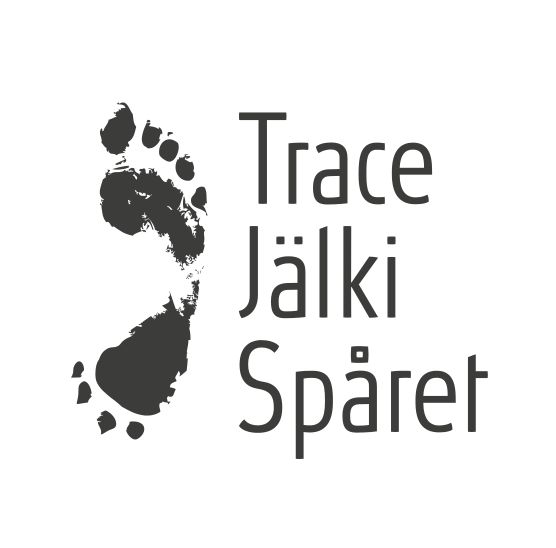De-extinct species as wildlife
DOI:
https://doi.org/10.23984/fjhas.59487Keywords:
Property, domestication, extinction, genetic engineering, animals, conservationAbstract
The concept of wildlife embodies two sources of controversy regarding de-extinct animals. First, the multifaceted dependence of these animals on humans; and second, the property rights to de-extinct animals. Both provide reasons for not counting them as wildlife. A subsequent question is, however, whether we should maintain this divide or allow the boundaries to blur. If we aim to maintain it, we end up trying to stop a process that is evolving rapidly and difficult to curb by legal means. If we relinquish these boundaries, we give up customary cultural models and related cultural practices. In biology, the divide between domestic and wild species is usually considered arbitrary and the degree of synanthropy (degree of association with humans) to present a continuum. Still, wildlife is normally defined through the notion of domestication: those animals that are not domesticated are wildlife. De-extinction turns the setting upside down: the de-extinct animals would normally be classified as domesticated, since they are generated by human action and could be owned as private property, but the problem is that they are not intended as domestic – de-extinct animals are ultimately created to be wildlife. Thus the concept of wildlife calls for refinement so as to allow their inclusion. We present a classification of animal species based both on their degree of synanthropy and the complex ownership issues. It appears that de-extinct species would probably initially represent species with a low synanthropy index but a high need for human care, but might later evolve into “real” wildlife in the strict sense of the term.






